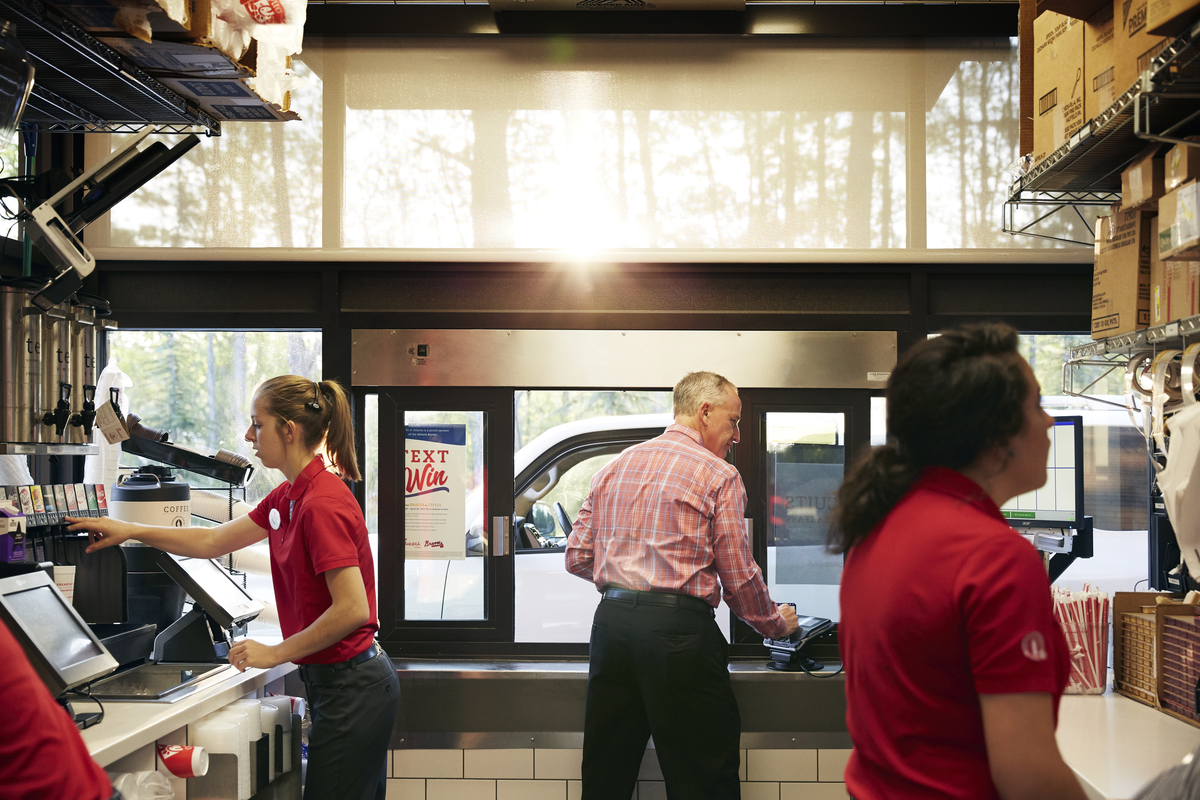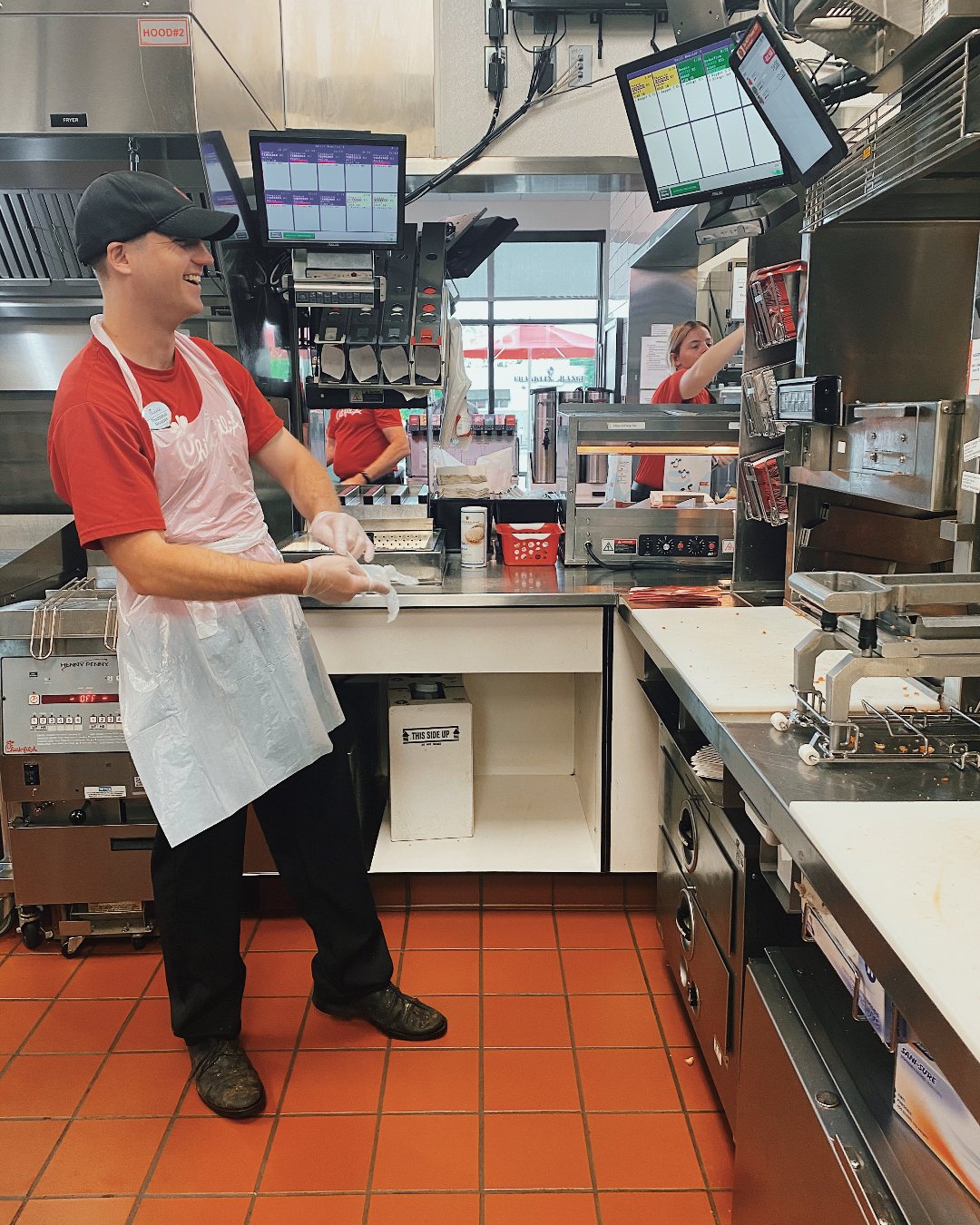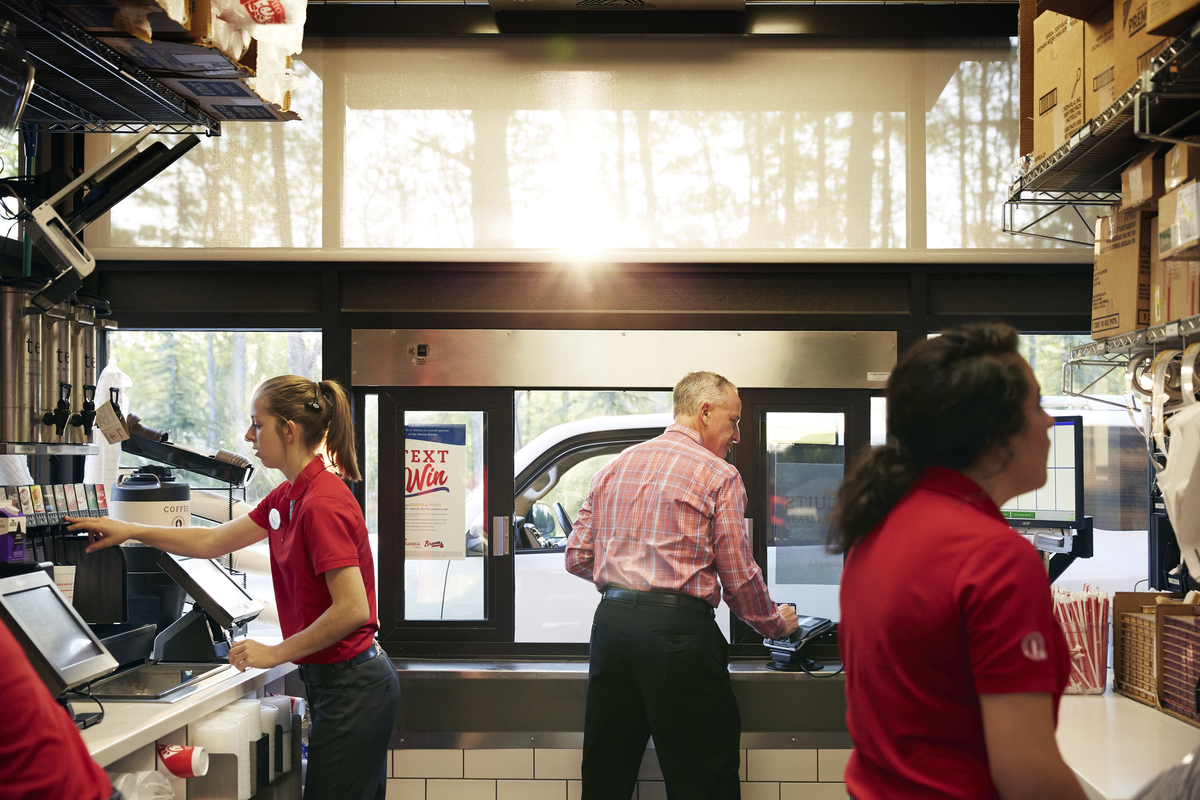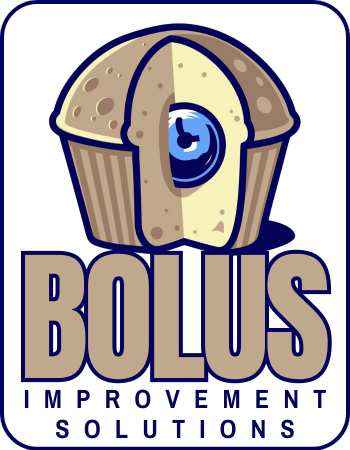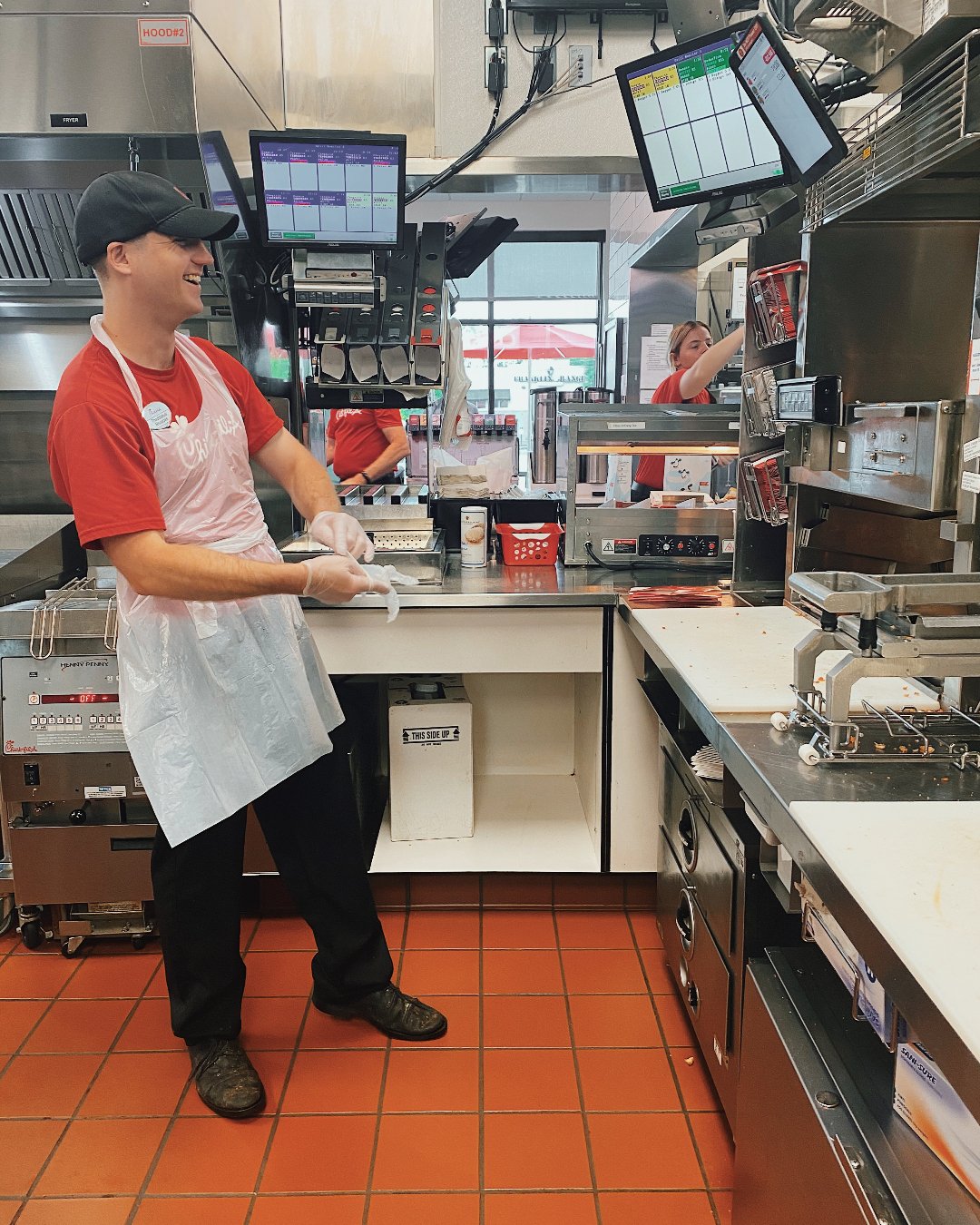Title Page
-
Conducted on
-
Prepared by
-
Location
PERSONAL HYGIENE
-
Employees wear clean and proper uniform including shoes
-
Effective hair restraints are properly worn
-
Finger nails are short, unpolished and clean (no artificial nails)
-
Jewelry policy - No hand and facial jewelry allowed in the kitchen. Watches are only allowed outside food handling premises
-
Hands are washed properly, frequently and at appropriate times
-
Burns, wounds, sores or scabs or splints are well covered and water-proofed
-
Cuts & open wounds on hands are bandaged and completely covered with a food service glove while handling food
-
Eating, drinking, chewing gum, smoking or using tobacco are allowed only in designated areas away from preparation, service, storage and ware washing areas
-
Employees use disposable tissues when coughing or sneezing and then immediately wash hands
-
Employees appear in good health
-
Hand sinks are unobstructed, operational and clean
-
Hand sinks are stocked with soap, disposable towels and warm water
-
Hand washing reminder signs are posted
-
Employee restrooms are operational and clean
FOOD PREPARATION
-
All food stored or prepared in facility is from approved sources
-
Food equipment utensils and food contact surfaces are properly washed, rinsed and sanitized before every use
-
Frozen food is thawed under refrigeration or in cold running water
-
Thawed food is not refrozen
-
Preparation is planned so ingredients are kept out of the temperature danger zone to the extent possible
-
Food is tasted using the proper procedure
-
Procedures are in place to prevent cross-contamination
-
Ready to eat food is handled with suitable utensils, such as single use gloves or tongs
-
Food is prepared in small batches to limit the time in the danger zone
-
Clean disposable paper towels are used for sanitizing equipment, food contact surfaces and for drying hands/utensils
-
Food is cooked to the minimum safe internal temperature. The temperature is tested with a calibrated food thermometer
-
The internal temperature of food being cooked is monitored and documented
HOT HOLDING
-
Hot holding unit is clean
-
Food is reheated to the required safe internal temperature before placing in hot holding. Hot holding units are not used to reheat potentially hazardous foods
-
Hot holding unit is preheated before hot food is placed in the unit
-
Food is protected from contamination
-
Temperature of hot food being held is at or above 63oC and recorded in holding log
COLD HOLDING
-
Refrigerators are kept clean and organized
-
Temperature of cold food being held is at or below 5oC
-
Food is protected from contamination
-
Thermometers are available and accurate
-
Temperature is appropriate for pieces of equipment
-
Food is stored 20 cm off the floor in walk-in chillers and freezers
-
Refrigerator and chiller units are clean and neat
-
Proper chilling procedures are used
-
All food is properly wrapped, labeled and dated
-
The FIFO (First In, First Out) method of inventory management is used
-
Ambient air temperature of all refrigerators and freezers are monitored and documented at least times a day
FOOD STORAGE AND DRY STORAGE
-
Dry storage area is in the ambient temperature zone
-
All food and paper supplies are stored 6 to 8 inches of the floor
-
All food is labelled with name, production and expiry date
-
Open bags of food are stored in containers with tight fitting lids and labelled with common name
-
The FIFO (First In, First Out) method of inventory management is followed
-
There are no bulged or leaking canned goods
-
Food is protected from contamination
-
All food surfaces are clean
-
Chemicals are clearly labelled and stored away from food and food related supplies
-
There is a regular cleaning schedule for all food contact surfaces
-
Food is stored in original container or in an appropriate food container
CLEANING AND SANITIZING
-
Pot wash sink is properly set up for ware washing
-
Dish machine is working properly (guages and chemicals are at recommended levels)
-
Water is clean and free of grease and food particles
-
Water temperatures are correct for wash and rinse
-
Small ware and utensils are allowed to air dry
-
Wiping cloths (Sponge cloths) are stored dry when not in use
UTENSILS AND EQUIPMENTS
-
All small equipment and utensils, including cutting boards and knives are cleaned and sanitized between uses
-
Small equipment and utensils are washed, sanitized and air-dried
-
Work surfaces and utensils are clean
-
Work surfaces are cleaned and sanitized between uses
-
Thermometers are cleaned and sanitized after each use
-
Thermometers are calibrated on a routine basis
-
Can opener is clean and free of rust and dirt accumilation
-
Drawers and racks are clean
-
Cleaned utensils are handled in a manner to prevent contamination of areas that will be in direct contact with food or a persons mouth
LARGE EQUIPMENTS
-
Floors and walls behind large equipment's are cleaned on a periodic basis to maintain general hygiene and sanitation
-
Food slicer is broken down, cleaned and sanitized before and after every use
-
Boxes, containers and recyclables are removed from site
-
Exhaust hood and filters are clean
GARBAGE STORAGE & DISPOSAL
-
Kitchen garbage cans are clean and kept covered
-
Garbage cans are emptied as necessary
-
Boxes and containers are removed from site
-
Loading dock and areas around dumpster are clean
-
Dumpsters are clean
PEST CONTROL
-
Outside doors have screens, are well sealed and are equipped with a self-closing device
-
No evidence of pest is present in the back of house areas
-
There is a regular schedule of pest control by a licensed pest control operator
-
Executive Chef:
-
EHS Manager:






